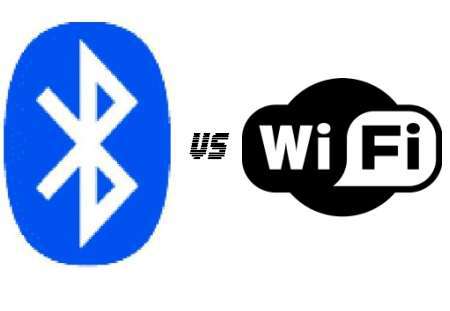DNS records are used to direct traffic to and from your domain. These records associate a domain name with a specific IP address. The following table describes frequently used DNS records and their functions.
1. Name server record
Identifies which name servers are the authoritative name servers for a specific domain. DNS information can be cached in several name servers for a period of time, but when the cache expires, non-authoritative name servers contact the authoritative name server for updated information about a domain.
2. A record (address record)
Associates a domain name with an IP address.
3. CNAME (Alias or canonical name) record
Specifies that the domain name is an alias of another canonical domain name. When a name server looks up a domain and finds a CNAME record, it replaces the first domain name with the CNAME and then looks up the new name.
4. MX (mail exchanger) record
Identifies the server to which email is directed. It also contains a priority field so that mail can be directed to multiple servers in a prescribed order.
5. SPF (sender policy framework)
An email validation system designed to help prevent email spoofing and phishing.
6. SRV (service record)
Specifies information about available services. SRV records are used by Lync Online and Exchange Online to coordinate the flow of information between Office 365 services.
7. TTL (time-to-live)
The amount of time that a DNS record is retained or cached by a name server or other servers before the server does another lookup on the authoritative name server. You use this to control the number of queries made to a given name server.
Click Here to visit our facebook page and like.







